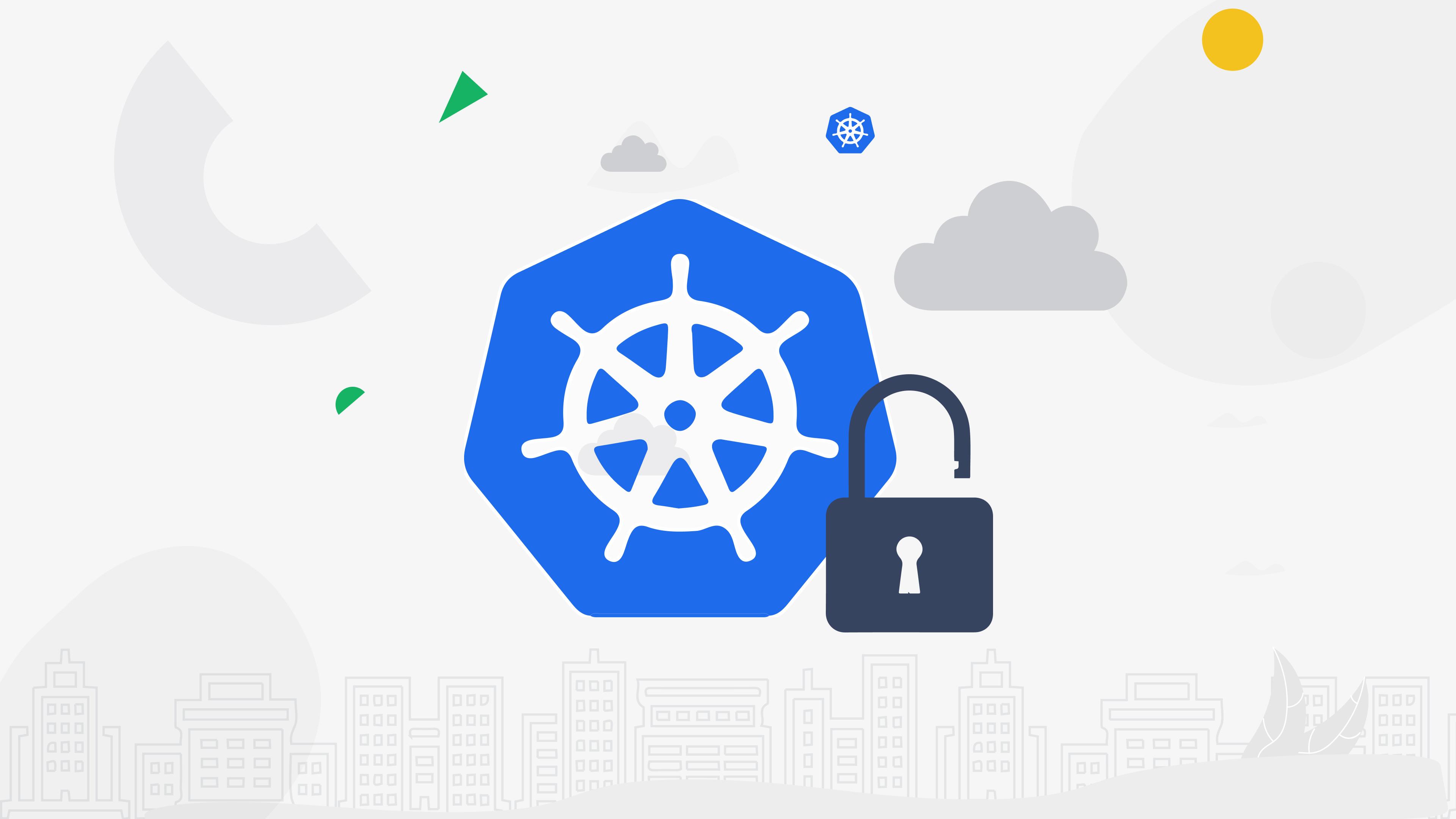
As organizations continue to scale their digital transformations, there is an urgent need to enhance the flexibility of their IT infrastructure, ensuring that innovation can occur from anywhere. To achieve this, many are turning to a relatively recent and powerful addition to digital transformation strategies: containerization.
Containers are used to package an application’s code and all its dependencies, ensuring the application runs reliably regardless of its underlying environment. As such, the containerized application is essentially mobile and able to run nearly anywhere, including in a private or public Cloud.
Ultimately, the use of containerization enables consistency across applications and further reduces errors in data and information transfer. In fact, Gartner has reported that by 2026, 20% of all enterprise applications will run in containers, up from fewer than 10% in 2020.
However, it has not only become increasingly important, but it is now also necessary to maintain the organization of containers. The more containers an organization uses, the more challenging it becomes to manage them.
Fortunately, Kubernetes, an open-source system for automating deployment, scaling, and management of containerized applications, helps solve this problem.
What is Kubernetes and Why is It Becoming So Popular?

Google originally developed Kubernetes as a tool to orchestrate containers and applications. But, over the past five years or so, it has expanded to become the default Multi-Cloud platform for orchestrating modern infrastructure. Kubernetes enables organizations to distribute workloads across multiple Cloud providers efficiently.
Nearly a quarter (23%) of U.S. IT leaders surveyed by Wanclouds reported that their organizations have implemented Kubernetes to modernize their IT environments. This statistic isn’t entirely surprising when you delve into the numerous benefits of Kubernetes and how it helps cloud-native IT teams address many challenges that are not only inherent to containerization but also to digitization in general.
For example, there’s a need for high availability, scalability, and reliability in today’s fast-paced landscape. Moreover, not only are companies in dire need of Cloud flexibility, but their migration strategies need direction. Kubernetes helps IT teams standardize migrations, migrate legacy applications to the cloud, and ultimately accelerate their time to market.
What’s the Price for Implementing Kubernetes?
Despite Kubernetes’ draw, they can be costly.
Since most Kubernetes workloads are spread across public, private, and hybrid cloud infrastructures, securing these workloads is often a customized process, making them expensive, complex, and prone to misconfigurations. But the bigger issue impacting IT teams is cost visibility.
According to Wanclouds Cloud Cost and Optimization Outlook, 70% of U.S. IT leaders report that their cloud costs have increased since implementing Kubernetes. This may be because organizations are migrating to Multi-Cloud environments, which require tracking expenses across Kubernetes deployments across multiple clouds, such as AWS, Google Cloud, Azure, and IBM Cloud. Since these platforms do not traditionally facilitate easy IT team management, it highlights the need for improved cost visibility tools to help organizations optimize their operations across hybrid and multi-cloud environments.
The good news is that Wanclouds Cloud Cost Optimization Solution provides Cloud-wide visibility into spend and cost tracking for various resources across multiple accounts. This application enables customers to gain real-time insights into the cost of Cloud resources, receive recommendations for infrastructure changes to optimize performance, and implement purpose tagging, backups, and resource pause options. It also provides a one-click ability to stop and restart idle resources, as well as rightsizing recommendations for savings based on projected monthly costs.
Moreover, as Multi-Cloud spending becomes less efficient and increases annually for organizations due to outdated and oversized infrastructure resources, our new solution enables you to discover optimization opportunities, such as backing up or removing Kubernetes clusters or test clusters.
Managing Kubernetes Security Threat

Kubernetes is recognized for its rigorous security protocols, which help prevent unauthorized access to components outside of a cluster. But it certainly isn’t unbreachable. Just a few years ago, hackers could hijack Tesla’s Kubernetes console to perform crypto mining and even access credentials to the company’s AWS environment.
Since then, the threat of cyberattacks has continued to increase. In fact, a survey conducted by Wanclouds last year of more than 100 AWS Community Builders, who are experts in cloud-native environments, found that the majority (55%) are most worried about malware or other cyberattacks causing the loss of company data.
This highlights the importance of setting up a cloud-native disaster recovery plan to cover their Kubernetes workloads. This is something Wanclouds provides through our Disaster Recovery as a Service solution, powered by our SaaS automation suite, VPC+. Not only do we now make backups immutable, but we do so while monitoring Kubernetes deployments for attempted ransomware attacks, thus improving the recovery point objective. This means IT teams can proactively detect integrity violations in their systems, leading to improved response times, reduced data loss, the isolation of infected infrastructure, and the ability to restore the latest backup rapidly.
As the use of Kubernetes has recently reached new heights, it is essential to acknowledge the growing variations and contrasts between existing applications and those developed and applied today. Like Kubernetes, the latest innovations in Cloud migration and maintenance are being developed within the cloud-native paradigm. Furthermore, they utilize microservices, containers, and a powerful DevOps approach.
By stabilizing network traffic, Kubernetes enables organizations to excel in the current landscape without system faults. Ultimately, Kubernetes provides service discovery and load balancing—two key elements that contribute to the success of organizations utilizing cloud platforms.
To learn more about how Wanclouds Cloud Cost Optimization as a Service, Disaster Recovery as a Service, or Migrations as a Service offerings, you can fill out our website form, visit our Resource Center, watch our Demos, or contact one of our sales representatives at [email protected]